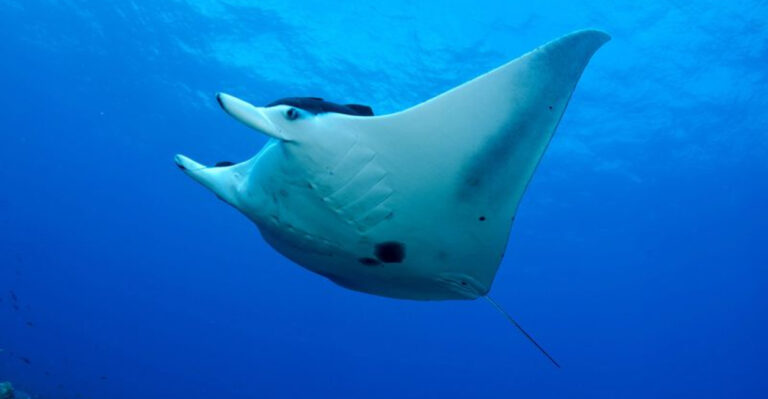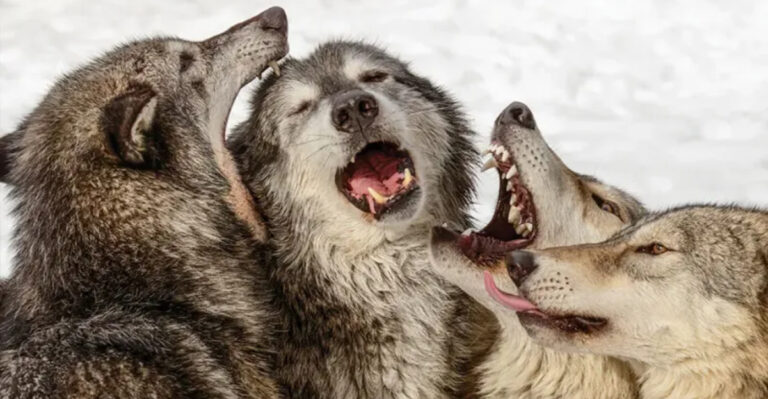States In America Where Porcupines Are Thriving
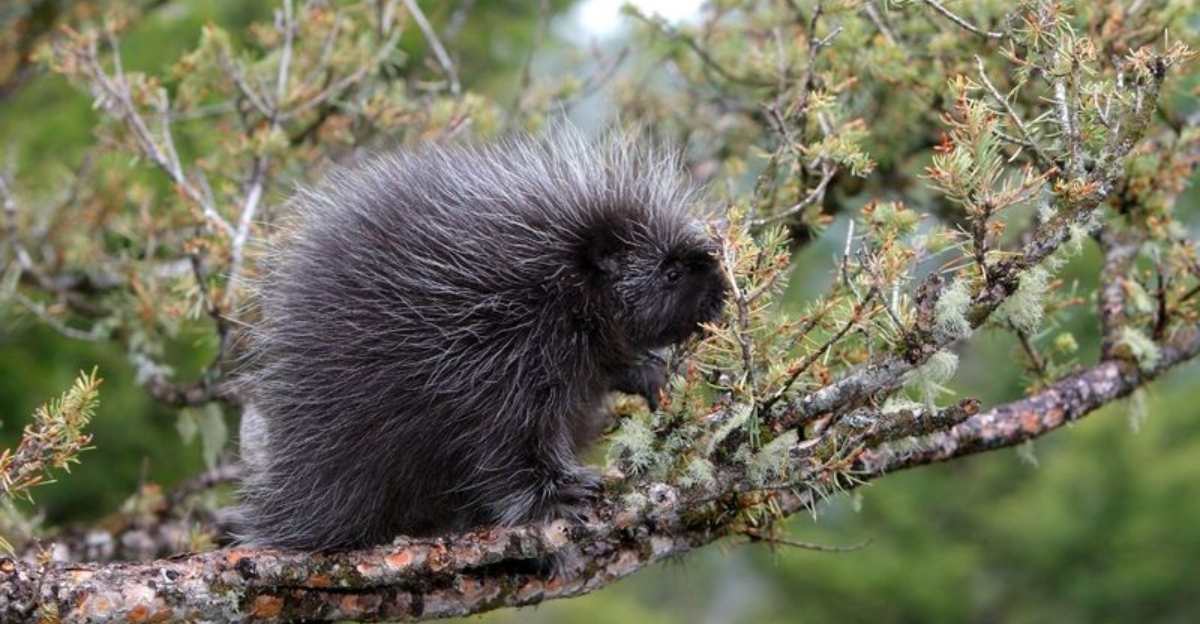
Ever wondered where those spiky woodland creatures with over 30,000 quills are making their homes across America? Porcupines, those nocturnal rodents with built-in defense systems, have found ideal habitats in various U.S. states.
From dense forests to rocky mountainsides, these adaptable animals are expanding their territories in surprising ways across the country.
1. Maine’s Evergreen Paradise
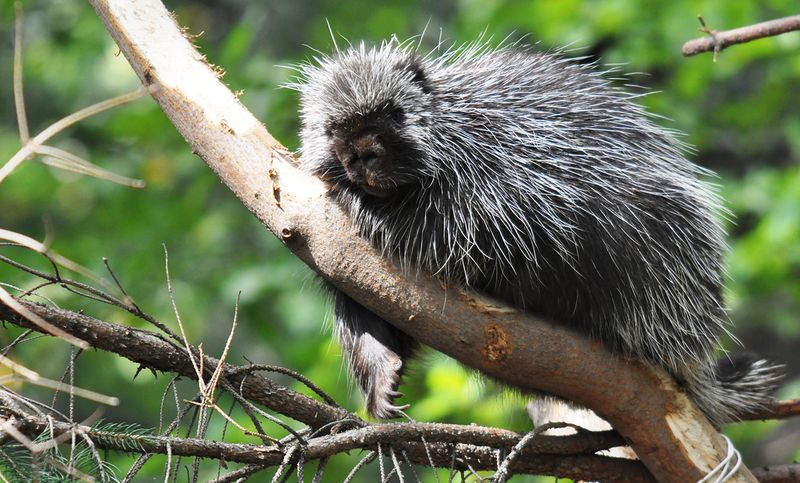
Beneath towering pines, North American porcupines munch happily on tree bark throughout Maine’s vast forests. The state’s extensive woodland coverage provides an ideal buffet and safe haven for these prickly residents.
Winter doesn’t slow them down either – they simply switch to eating evergreen needles when other food becomes scarce. Maine’s porcupine population has remained stable despite occasional conflicts with loggers and homeowners.
2. New Hampshire’s Mountain Havens
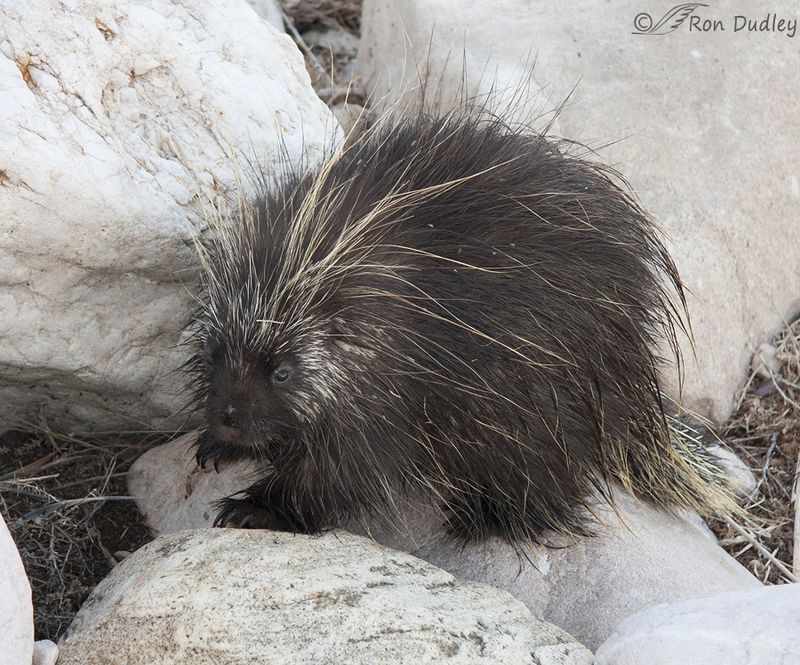
Rocky outcroppings and dense deciduous forests create perfect porcupine real estate across New Hampshire. These spiky critters particularly love the White Mountains region, where they find abundant natural shelters in rock crevices.
Local hikers frequently spot gnawed tree bark – a telltale sign of porcupine dining. Despite occasional run-ins with curious dogs on trails, the state’s porcupine numbers continue climbing year after year.
3. Vermont’s Maple Syrup Enthusiasts
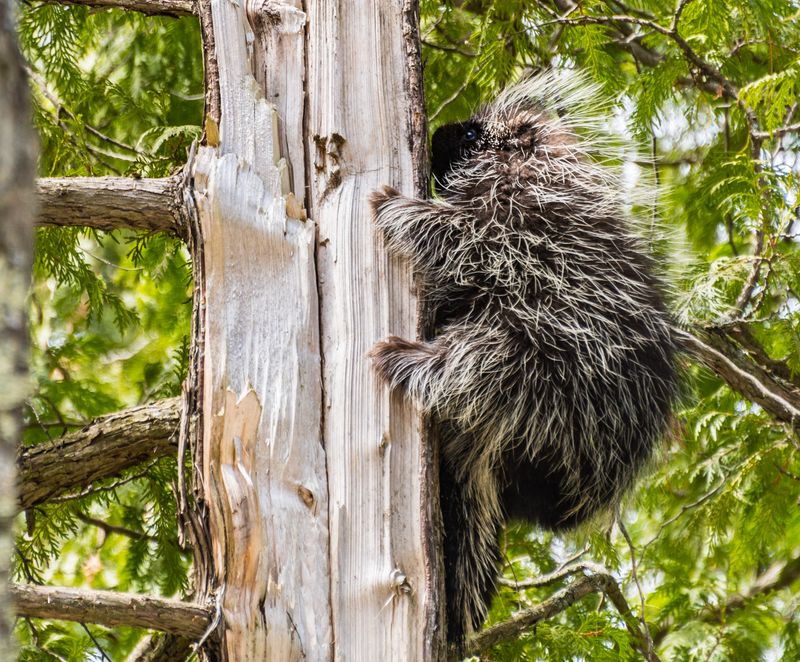
Who knew porcupines had a sweet tooth? Vermont’s signature maple trees attract these quill-covered creatures who can’t resist the sugary cambium layer beneath the bark.
Farmers sometimes grumble about damage to prized maples, but the creatures play a vital role in forest ecology. Their selective feeding creates small openings in the canopy, allowing sunlight to reach younger trees and promoting healthy forest regeneration throughout the Green Mountain State.
4. Alaska’s Hardy Survivors
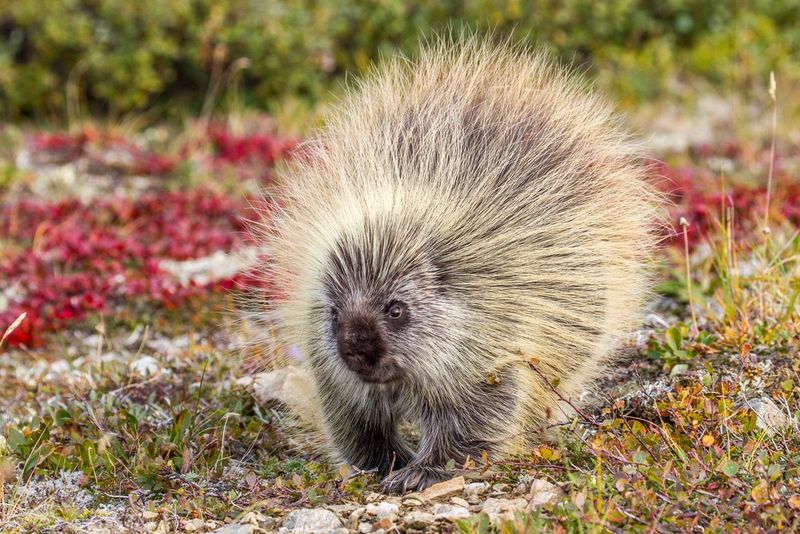
Talk about tough cookies! Alaskan porcupines brave some of America’s harshest conditions, growing extra-thick fur to survive bone-chilling winters. These northern porcupines often reach larger sizes than their southern cousins.
Indigenous communities have long respected these resilient creatures, using their quills for traditional artwork. Despite wolves and fishers occasionally preying on them, Alaska’s vast wilderness provides ample space for porcupine populations to flourish across the Last Frontier.
5. Michigan’s Upper Peninsula Boom
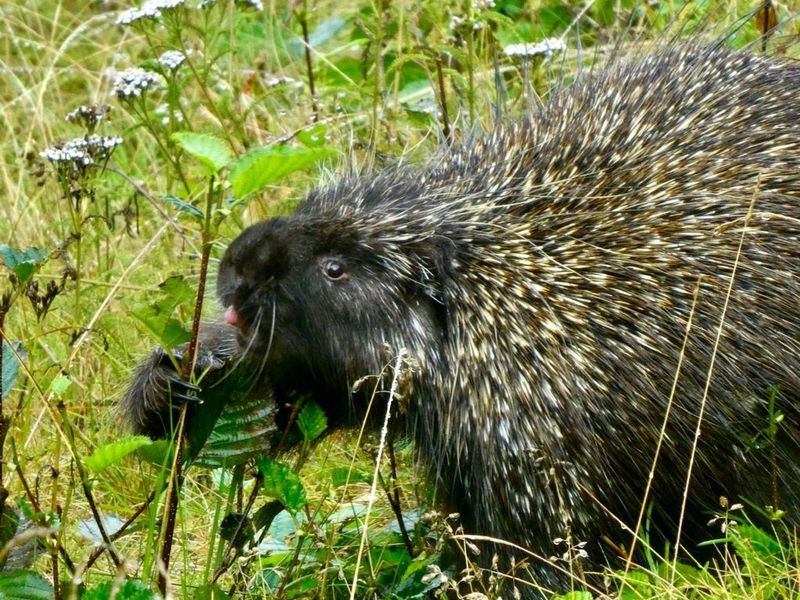
Something remarkable is happening in Michigan’s Upper Peninsula – porcupines are having a population explosion! The region’s mix of coniferous and deciduous forests provides ideal habitat diversity for these adaptable rodents.
Local wildlife cameras frequently capture nighttime footage of porcupines waddling between trees. Conservation efforts protecting large forest tracts from development have inadvertently created perfect porcupine sanctuaries across this beautiful peninsula.
6. Wisconsin’s Northwoods Sanctuary
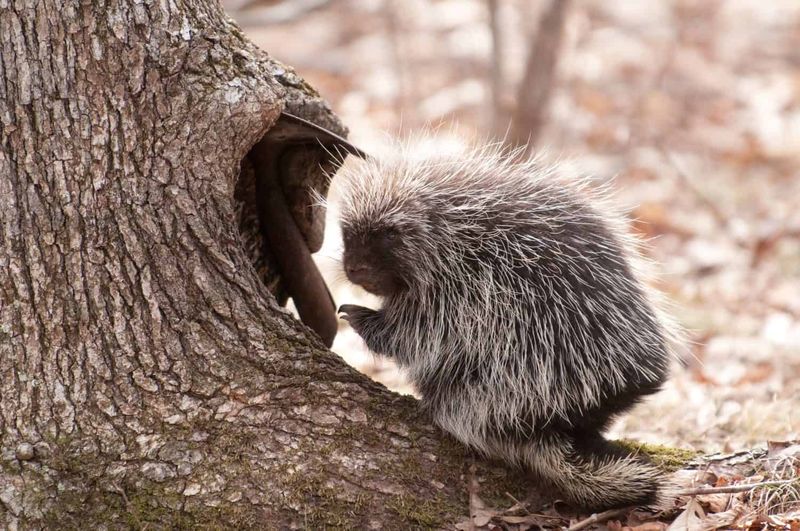
Cheese isn’t the only thing thriving in Wisconsin! The state’s northern forests host impressive porcupine numbers, especially in areas with abundant hemlock and white pine.
These nocturnal creatures often take over abandoned woodpecker holes, expanding them into cozy winter dens. Wildlife biologists have noted particularly healthy reproduction rates in Wisconsin’s protected forest areas, with females successfully raising one porcupette (baby porcupine) each spring.
7. New York’s Adirondack Wilderness
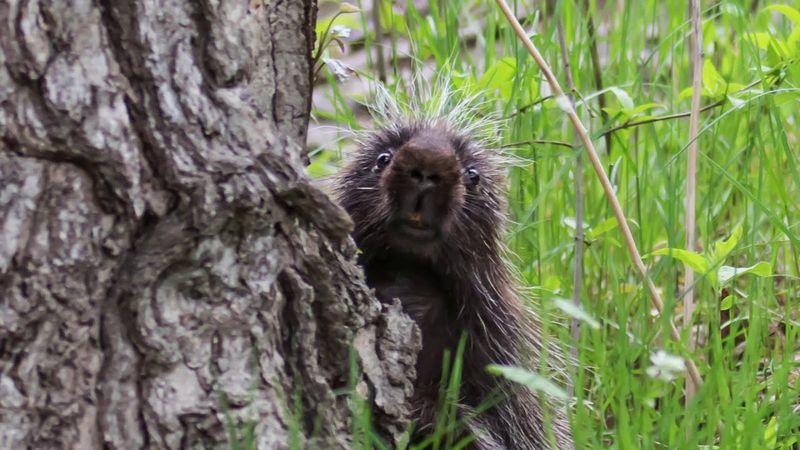
Forget the busy city – head upstate to spot New York’s flourishing porcupine population! The Adirondack Mountains provide over six million acres of protected habitat where these spiny mammals thrive undisturbed.
Hikers often discover porcupine quills stuck in tree bark along popular trails. The region’s abundant aspen and birch trees provide perfect dining opportunities year-round, supporting one of the densest porcupine populations in the eastern United States.
8. Montana’s Rocky Mountain Residents
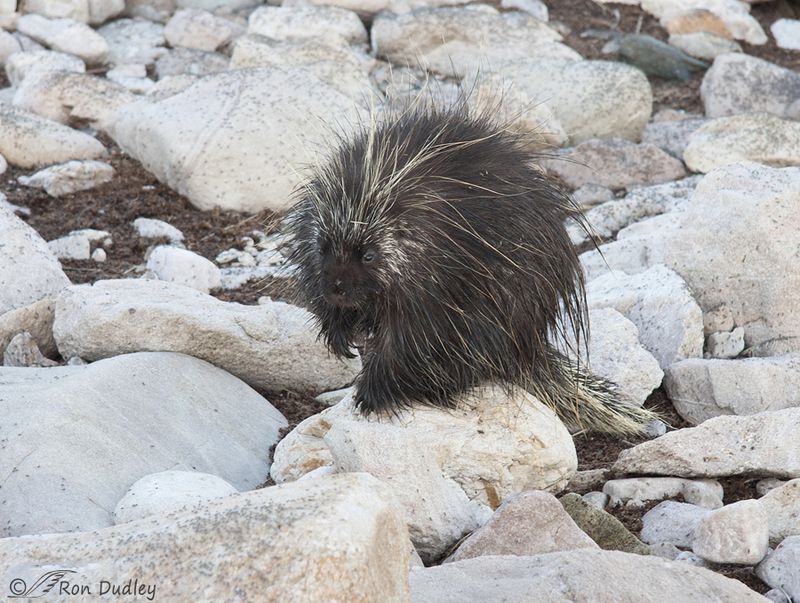
Against dramatic mountain backdrops, Montana’s porcupines have mastered high-altitude living. These nimble climbers navigate rocky terrain with surprising agility, finding safety in elevated perches away from predators.
Researchers tracking Montana porcupines have discovered they can remember complex routes through their territories. Conservation efforts in the state’s national forests have created protected corridors allowing porcupine populations to connect and exchange genetic diversity across the Rocky Mountain region.
9. Wyoming’s Yellowstone Success Story
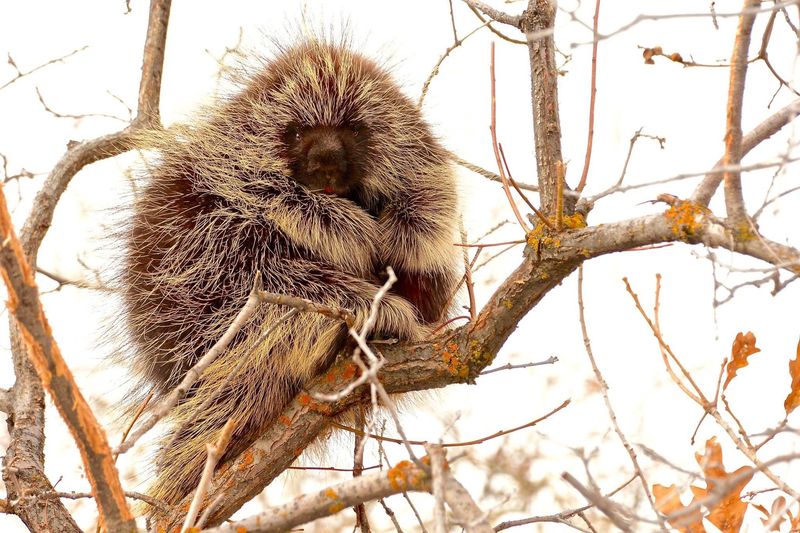
Yellowstone’s iconic landscape harbors a secret success story – porcupines are absolutely thriving! These prickly residents benefit from the park’s strict protection policies and diverse habitats ranging from alpine meadows to dense forests.
Winter visitors might spot porcupines high in trees, their dark silhouettes visible against snowy backgrounds. Park biologists have documented steady population growth over the past decade, marking porcupines as one of Wyoming’s wildlife conservation achievements.
10. Oregon’s Coastal Forest Haven
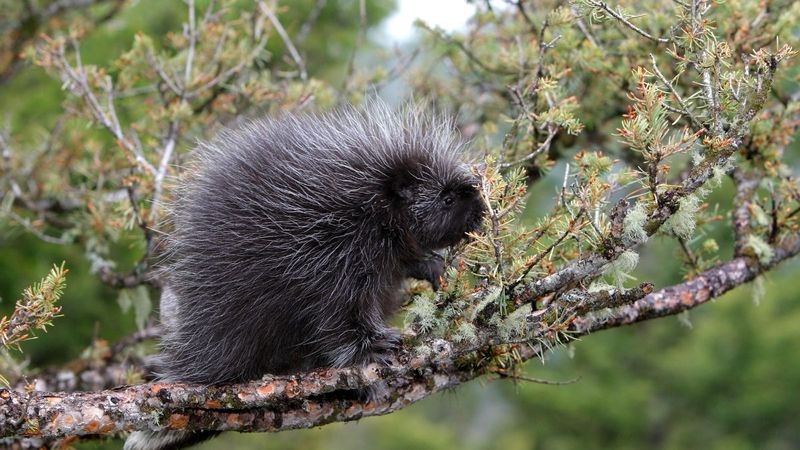
Where misty forests meet the Pacific, Oregon’s coastal porcupines enjoy a buffet of tender vegetation year-round. The mild, wet climate creates perfect conditions for these adaptable creatures, who seem to appreciate the lack of harsh winters.
Unlike their eastern relatives, Oregon’s porcupines often incorporate ferns and shrubs into their diet. Conservation areas along the coast have become important sanctuaries, allowing porcupine numbers to increase steadily despite habitat fragmentation elsewhere in the state.
11. Washington’s Olympic Peninsula Refuge
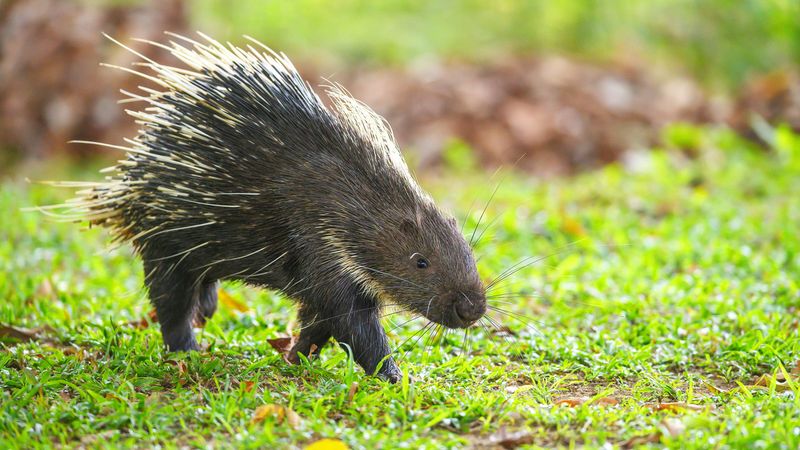
Shrouded in mist and magic, Washington’s temperate rainforests provide perfect porcupine paradise. These moisture-loving mammals thrive in the Olympic Peninsula’s lush environment, where abundant vegetation offers year-round sustenance.
Scientists have observed fascinating adaptations in the region’s porcupines – their fur repels the constant dampness exceptionally well. Protected status within Olympic National Park has created a safe haven where these spiky residents can raise their young without human interference.
12. Minnesota’s Boundary Waters Boom
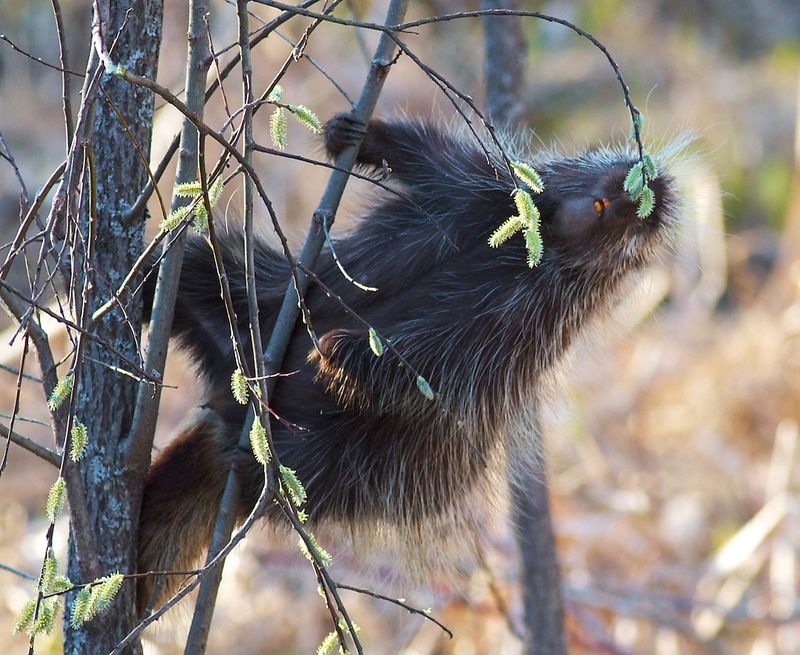
Paddle through Minnesota’s pristine Boundary Waters and you might spot a porcupine peering down from overhead branches! This protected wilderness area has become a stronghold for healthy porcupine populations.
The region’s mix of birch, aspen, and pine provides perfect menu variety for these vegetarian rodents. Limited road access means fewer vehicle collisions – a common threat elsewhere – allowing Minnesota’s northern porcupines to reach impressive population densities throughout the border lakes region.
13. Idaho’s Wilderness Wanderers
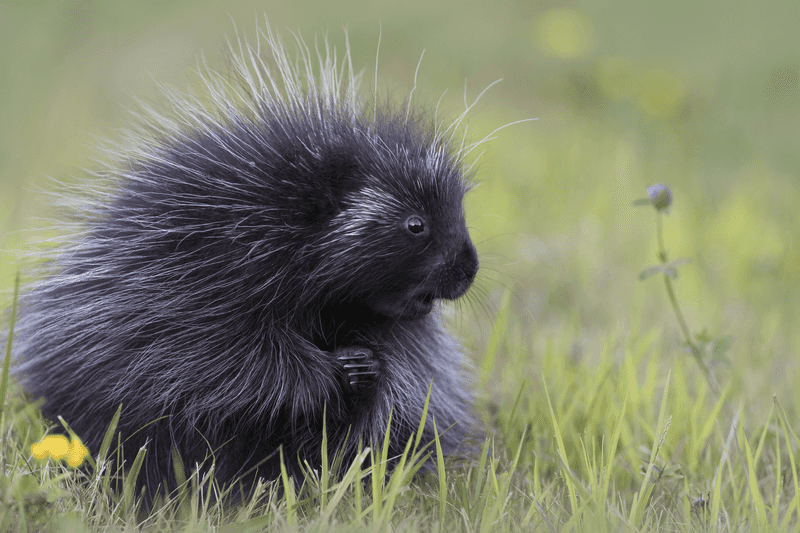
Across Idaho’s rugged backcountry, porcupines navigate diverse landscapes from sagebrush plateaus to alpine forests. These adaptable creatures have been expanding their range throughout the state’s extensive wilderness areas.
Idaho’s porcupines show fascinating seasonal migration patterns, moving to higher elevations in summer. Conservation efforts protecting connectivity between habitats have been particularly beneficial, allowing porcupine populations to grow steadily despite occasional conflicts with ranchers protecting valuable trees.
14. Colorado’s High-Altitude Experts
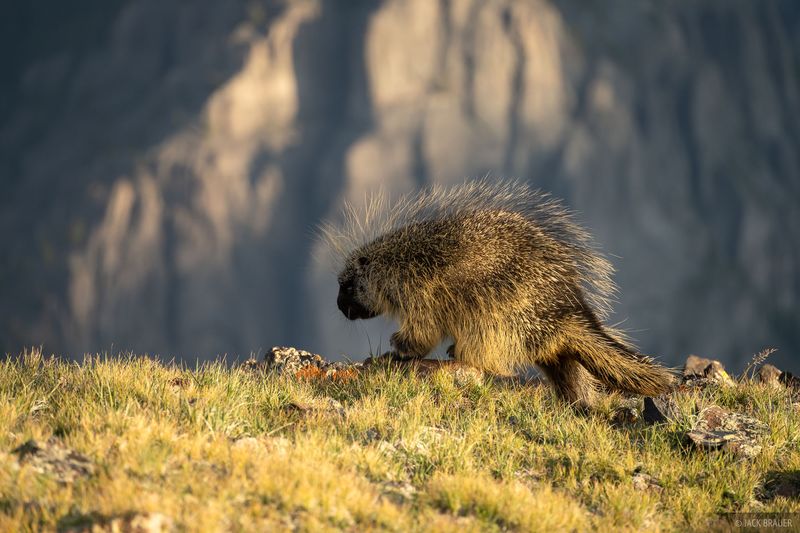
Defying thin air and harsh conditions, Colorado’s porcupines have conquered elevations where few mammals dare to venture. These high-altitude specialists have developed larger lungs and more efficient oxygen use than their lowland cousins.
Winter doesn’t faze them – they simply hunker down in rock dens or hollow trees. Colorado’s extensive protected mountain forests have created ideal conditions for porcupine population growth, particularly in areas where natural predators like fishers have declined.

